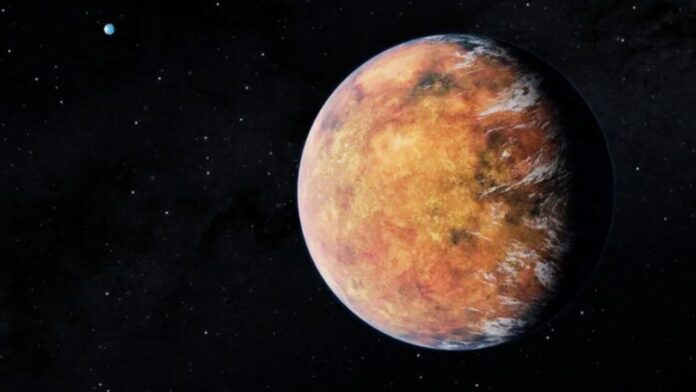New research suggests that the oldest continents in our galaxy may have formed up to 5 billion years before those on Earth, raising the possibility that there are ancient alien civilizations far more advanced than humanity.
When Did the First Planetary Continents Emerge?
Astrobiologists believe several factors are needed for a planet to support life, like an oxygen atmosphere, protection from radiation, and liquid water. While continents aren’t strictly necessary, Earth’s history shows they allow life to thrive long-term. So if a planet had continents before Earth, older, intelligent life could have developed.
Astronomer Jane Greaves at Cardiff University in the UK wanted to determine when the first continents appeared in our galaxy. She found two exoplanets’ continents likely arose 4-5 billion years before Earth’s. If life had a 5 billion-year head start elsewhere, it “could potentially host life more evolved than us,” Greaves wrote. In addition, you can also read an article on- The Mysterious Young Age of Mars Rocks on Earth Explained
Continents Form Through Plate Tectonics
Continents form due to plate tectonics, where plates of rock float atop a molten planetary interior. Heat from the core keeps magma liquid to allow plate movement. The heat comes from radioactive elements like uranium and potassium, which decay and release energy.
Cosmic events like supernovas brought those radioactive elements to our solar system. Greaves measured the uranium and potassium levels in nearby stars’ light, plus their ages, to estimate when planets around them were hot enough for tectonics. Additionally, you can also read about- Study Suggests Massive Structures in Earth’s Mantle Originated From Ancient Planet Theia
Possible 5-Billion-Year Head Start for Alien Life
She found the first continents around sun-like stars formed up to 2 billion years before Earth’s. But two smaller stars called HD 76932 and HD 201891, 70–110 light years away, may have had continents up to 5 billion years earlier. With current estimates of habitable planets, Greaves says “there could be two systems in this sample alone with biospheres more advanced than here on Earth.”
Identifying potentially habitable planets will help prepare for future observatories to study Earth-like worlds for signs of life in the 2040s. More star analysis could uncover other old systems harboring ancient life.
You May Find Interest: NASA’s Revolutionary Asteroid Sample Offers Clues to Life’s Origins on Earth




























